Medical First Aid Guide For Use In Accidents Involving Dangerous Goods (MFAG-1998) - Руководство по оказанию первой медицинской помощи для использования при происшествиях с опасными грузами, 1998
Книга на английском языке
The IMO/WHO/ILO Medical First Aid Guide for Use in Accidents Involving Dangerous Goods (MFAG) is the Chemicals Supplement to the International Medical Guide for Ships (IMGS) which is published by the World Health Organization (WHO), Geneva.
This revised text of the Guide was adopted by the Maritime Safety Committee in May 1998, for use in association with Amendment 30-00 of the IMDG Code, and will be further amended as and when necessary.
Contents
Introduction
How to use this guide
Tables
Table 1 - Rescue
Table 2 - Cpr (Cardio-Pulmonary Resuscitation)
Table 3 - Oxygen Administration & Controlled Ventilation
Table 4 - Chemical-Induced Disturbances Of Consciousness
Table 5 - Chemical-Induced Convulsions (Seizures, Fits)
Table 6 - Toxic Mental Confusion
Table 7 - Eye Exposure To Chemicals
Table 8 - Skin Exposure To Chemicals
Table 9 - Inhalation Of Chemicals
Table 10 - Ingestion Of Chemicals
Table 11 - Shock
Table 12 - Acute Kidney Failure
Table 13 - Pain Relief
Table 14 - Chemical-Induced Bleeding
Table 15 - Chemical-Induced Jaundice
Table 16 - Hydrofluoric Acid And Hydrogen Fluoride
Table 17 - Organophosphate And Carbamate Insecticides
Table 18 - Cyanides
Table 19 - Methanol (Methyl Alcohol) And Ethylene Glycol
Table 20 - Radioactive Material
Appendices
Appendix 1 Rescue
Integrated Response
Emergency Response Plan
Arrival At The Scene
Establishment Of An Exclusion Or Hot Zone
Assessment, Decontamination And Initial Treatment Of Casualties
Decontamination
Considerations For Casualty Treatment
Transport Of Casualty To Medical Area Of Ship
Medical Management Of Casualty
Appendix 2 Cpr (Cardio-Pulmonary Resuscitation)
Assessment Of Breathing
Assessment Of Heart Function
Breathing, Heart Is Beating, Unconscious
Not Breathing But Heart Is Beating
Breathing And Heart Have Stopped
Appendix 3 Oxygen Administration & Controlled Ventilation
Suffocation
Oxygen Resuscitation Kits
Insertion Of Guedel Airway
Oxygen For The Casualty Who Is Not Breathing
Oxygen For The Casualty Who Has Difficulty In Breathing
Appendix 4 Chemical-Induced Disturbances Of Consciousness
The unconscious position
Unconscious casualities
Appendix 5 Chemical-Induced Convulsions (Seizures, Fits)
Appendix 6 Toxic Mental Confusion
Appendix 7 Eye Exposure To Chemicals
Appendix 8 Skin Exposure To Chemicals
Appendix 9 Inhalation Of Chemicals
Suffocation (asphyxia)
Chemical irritation of the lungs: dry cough, breathlessness and wheezing
Chemical irritation and oedema of the lungs: severe breathlessness and frothy sputum
Chemical irritation and secondary infection of the lungs: productive cough (sticky white, yellow or green phlegm [sputum])
The chemical hazards from fire
Chemical hazards from welding
Chemical hazards from explosive chemicals
Appendix 10 Ingestion Of Chemicals
Perforation of the gut and peritonitis
Appendix 11 Shock
Fainting
Circulatory collapse and shock
Heart failure
Appendix 12 Acute Kidney Failure
Appendix 13 Fluid Replacement
Oral fluids
Intravenous fluids
Rectal fluids
Appendix 14 List Of Medicines And Equipment
List of equipment
Appendix 15 List Of Substances
UN Number sortation
Alphabetic sortation
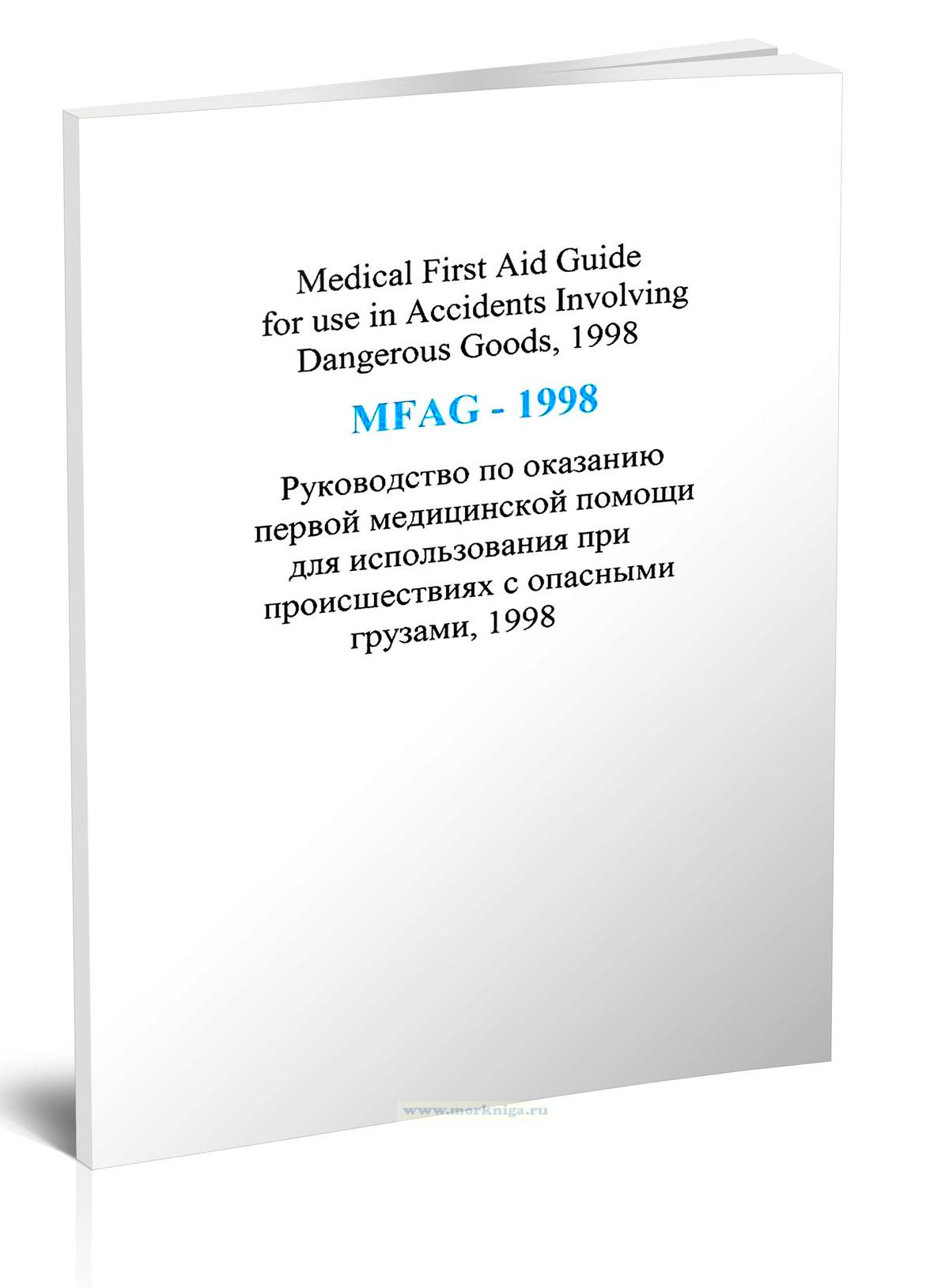
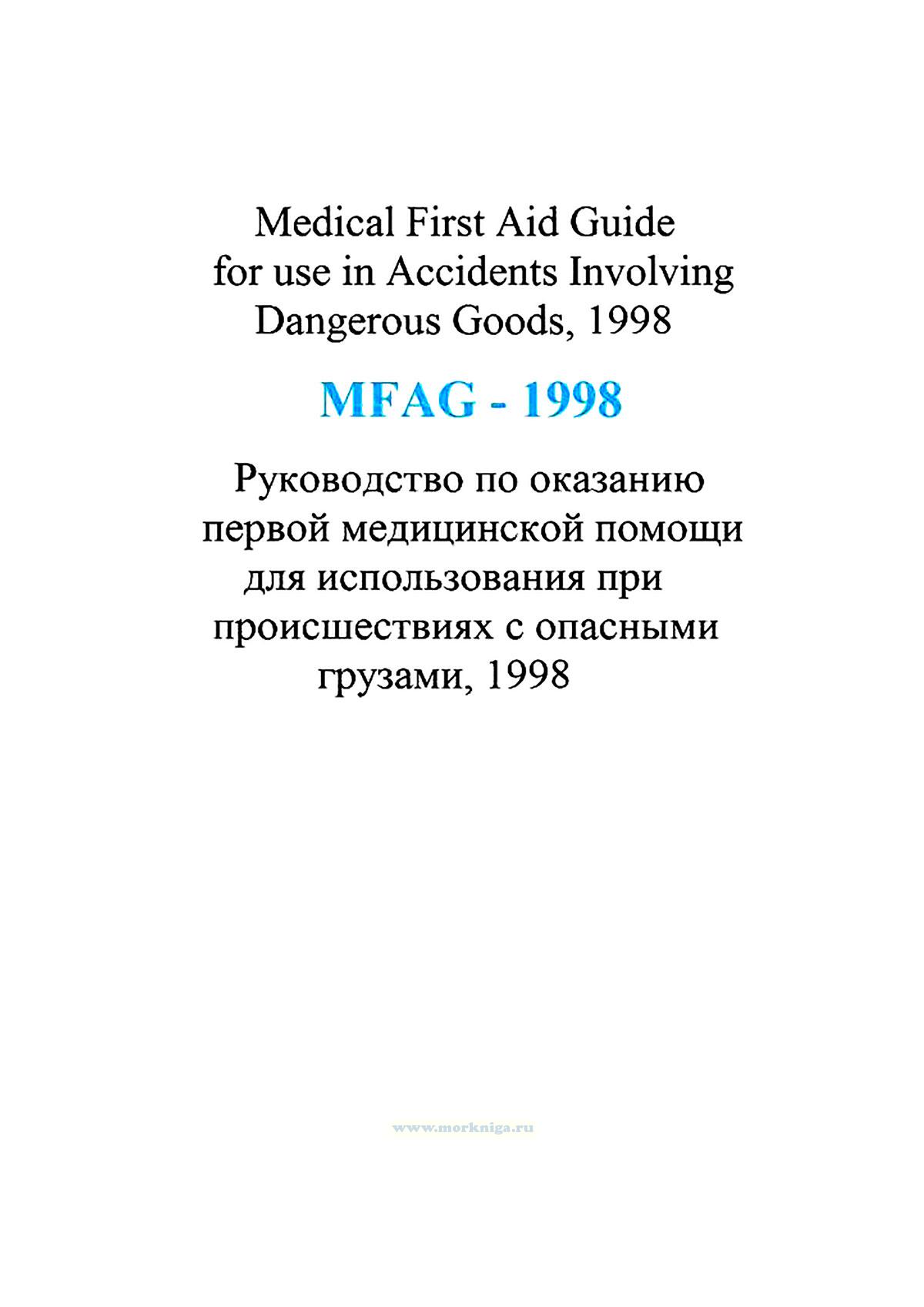
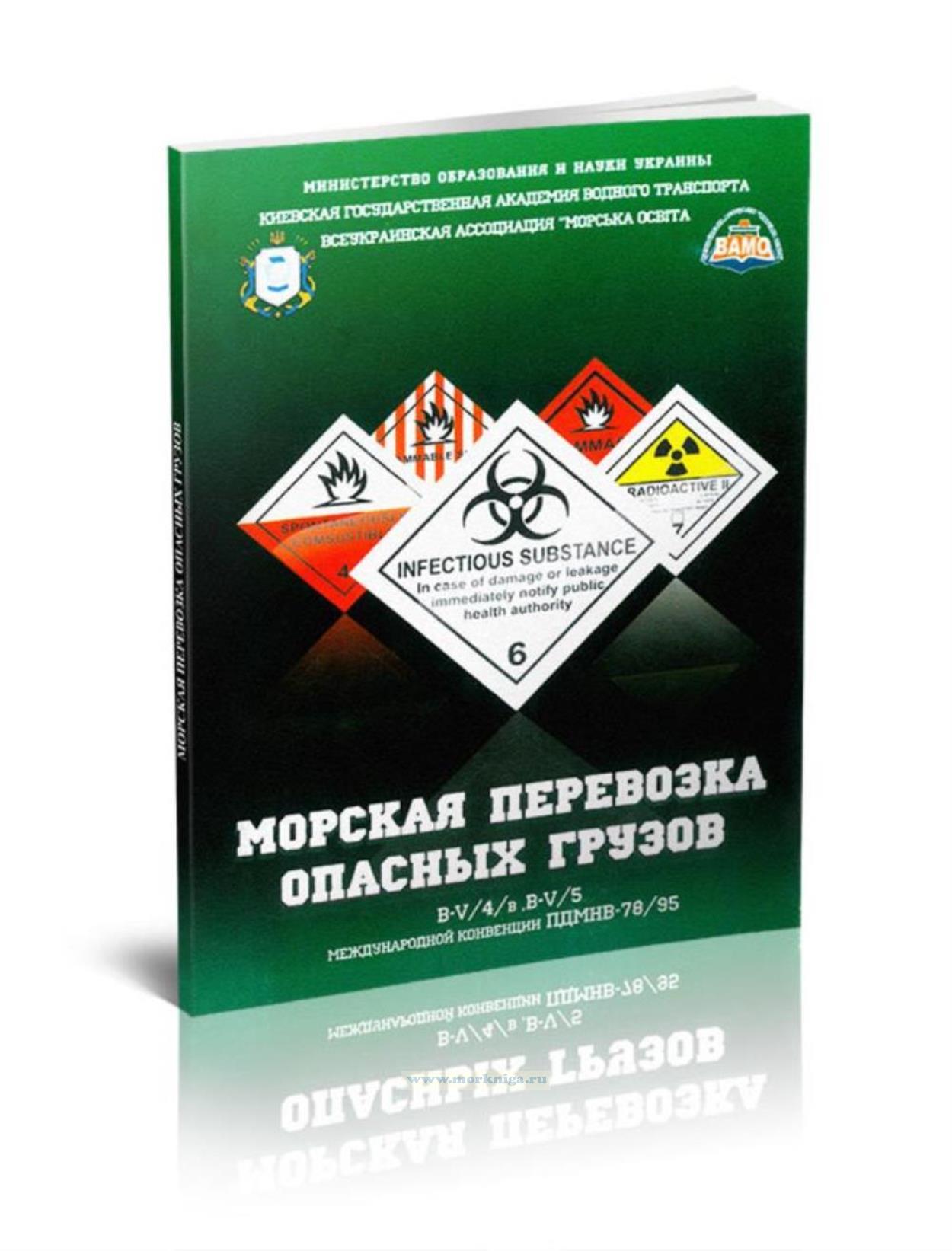 Морская перевозка опасных грузов
Морская перевозка опасных грузов 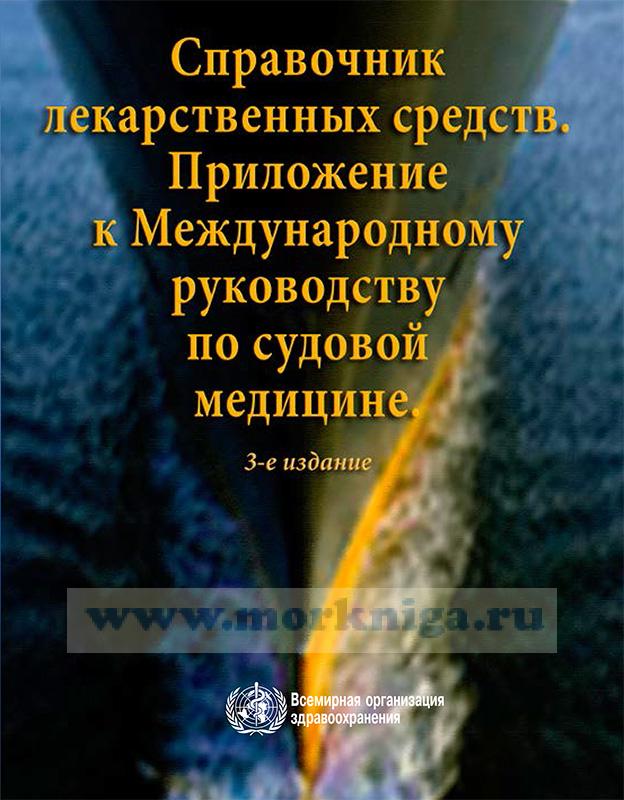 Справочник лекарственных средств. Приложение к Международному руководству по судовой медицине
Справочник лекарственных средств. Приложение к Международному руководству по судовой медицине 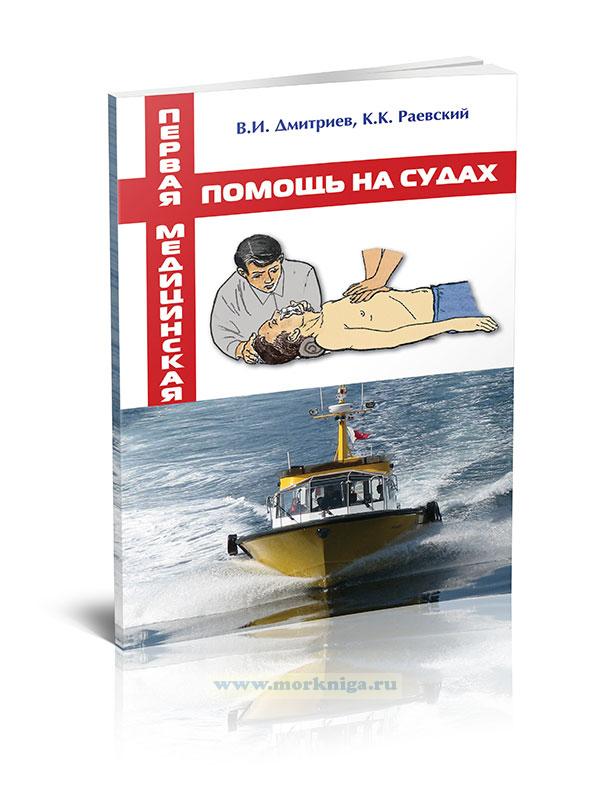 Первая медицинская помощь на судах
Первая медицинская помощь на судах